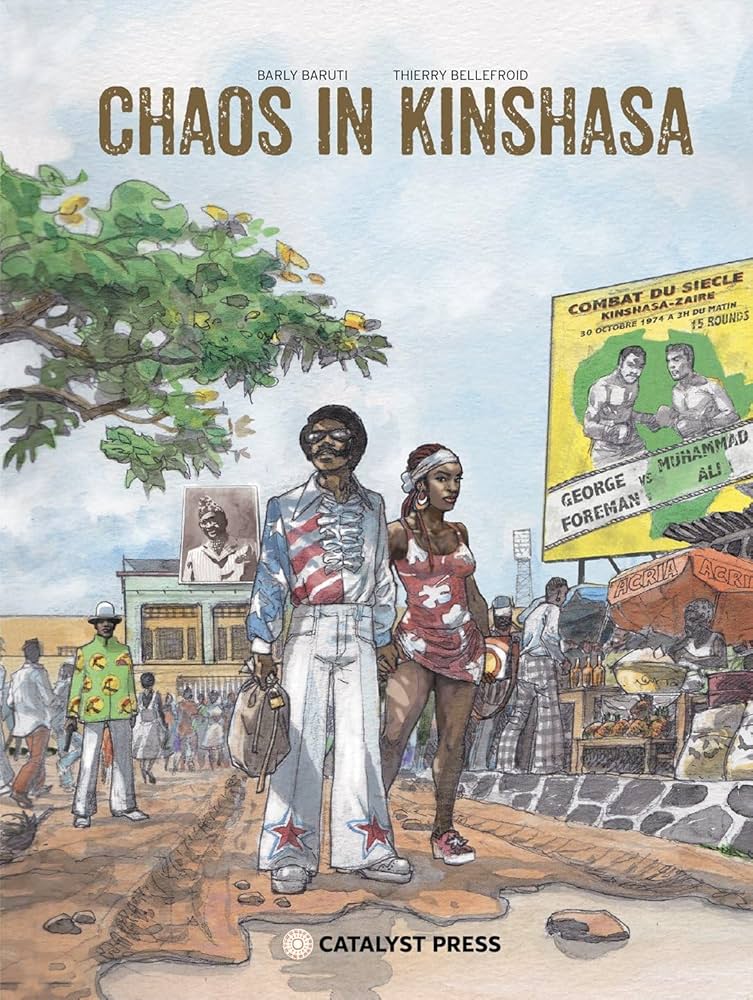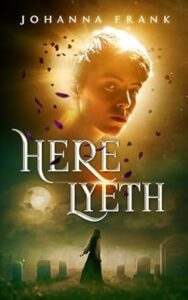
In 1970s Harlem, Ernest finds himself in a dire situation, entangled in dangerous business dealings with ruthless gang leaders. His chance to escape comes in the form of an invitation to witness the highly anticipated return of Muhammad Ali to the ring. All he needs is a passport to disappear for a while. Little does Ernest know, the stage is set for a high-stakes political drama in Senegal, the venue for the ‘Rumble in the Jungle’ boxing match between Ali and George Foreman. A coup is brewing to overthrow the embattled strongman President Mobutu Sese Seko. Ernest’s survival instincts and street smarts will be put to the ultimate test as he becomes entangled in a web of chaos and murder.
Congolese cartoonist Barley Baruti and Belgian writer Thierry Bellefroid join forces to craft a graphic novel that seamlessly blends historical facts with imaginative fiction against the rich backdrop of post-colonial Africa. The story’s premise is not just exciting but also offers a fresh and unique perspective into the Cold War era. As a work of fiction, Chaos in Kinshasa sparks curiosity about the story’s plausibility, given our knowledge of the fight and the geopolitical turmoil of the time.
Originally penned in French, Bellefroid’s dialogues are steeped in African American Vernacular English. As a non-Black American, I am not the best judge of cultural appropriation in this context. This raises the question of how the book may be perceived by Black American readers.
Congolese cartoonist Barley Baruti and Belgian writer Thierry Bellefroid join forces to craft a graphic novel that seamlessly blends historical facts with imaginative fiction against the rich backdrop of post-colonial Africa. The story’s premise is not just exciting but also offers a fresh and unique perspective into the Cold War era. As a work of fiction, Chaos in Kinshasa sparks curiosity about the story’s plausibility, given our knowledge of the fight and the geopolitical turmoil of the time.
Originally penned in French, Bellefroid’s dialogues are steeped in African American Vernacular English. As a non-Black American, I am not the best judge of cultural appropriation in this context. This raises the question of how the book may be perceived by Black American readers.








